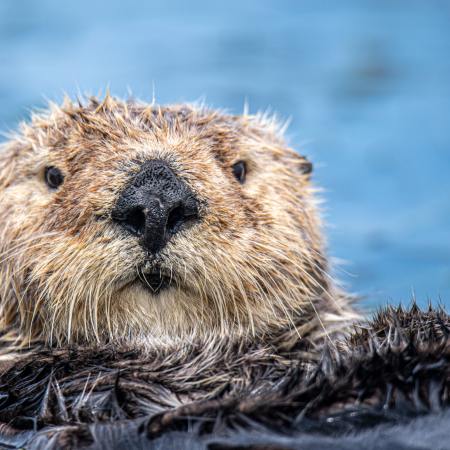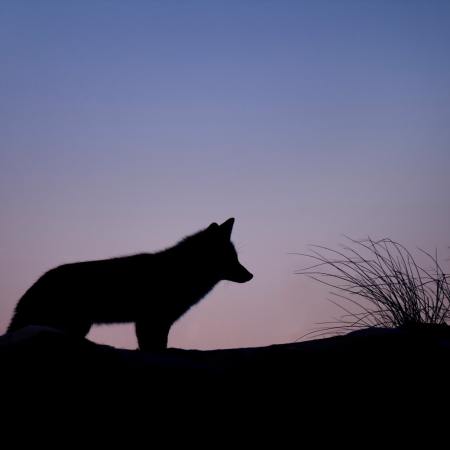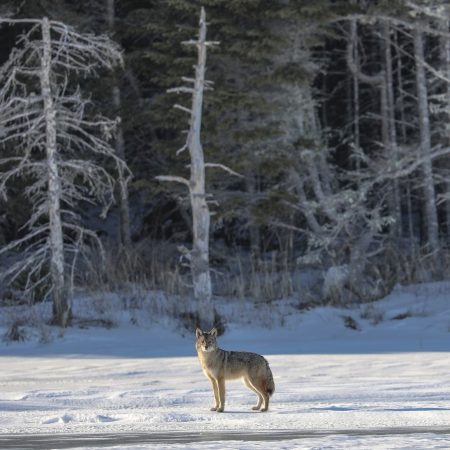What happens when federal and state regulations concerning a particular species offer conflicting messages about that species? That is, unfortunately, the situation facing wolves in and around Yellowstone National Park. The park occupies land in three different states, which makes the management of wildlife there especially challenging.
As a recent article in The Washington Post observes, this controversy began in the wake of the much-discussed 1995 reintroduction of wolves into the ecosystem. In 2020, the Trump administration removed gray wolves from the endangered species list. The Biden administration reinstated them, but the Post‘s article notes that a legal ruling means that jurisdiction over wolves in Wyoming, Montana and Idaho remains in the hands of the state governments.
Unfortunately for the wolves, that’s led to an uptick in hunting. The article cites a number of reasons for this, from hunters wanting to protect elk or livestock to a more partisan motivation. Someone might genuinely feel that they’re protecting another species by targeting wolves; another hunter might just want an impressive trophy.
While wolves are safe in the park, this isn’t the case if they leave its boundaries. And, wolves being wolves, they’re not going to be aware of where those borders are. “Virtually every time they go out of the park, they lose wolves,” Yellowstone wildlife biologist Doug Smith told the Post. And while there are some federal- and state-level things that can be done to address the issue, it’s likely to continue being a contentious issue.
Thanks for reading InsideHook. Sign up for our daily newsletter and be in the know.


















